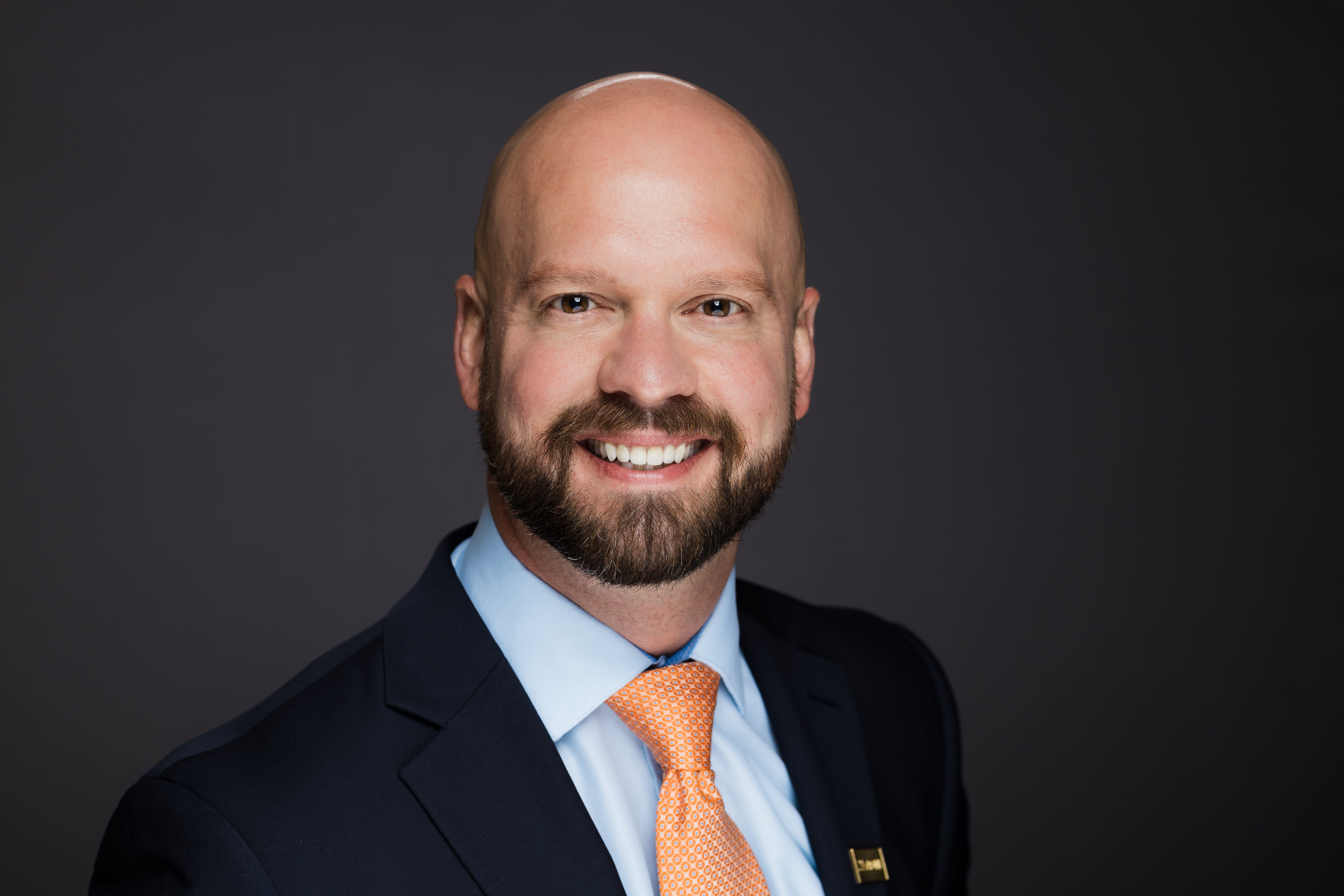Since the pandemic, children’s hospitals have continued to see more children visiting emergency rooms in need of mental health care. Compared to 2016, children's hospitals in 2021 saw a 31% increase in mental health inpatient visits for children and teens ages 3–18. To this day, Norton Children’s Hospital has an overflow of about 10 behavioral health patients a day who are kept on medical floors due to space constraints on our psychiatric unit. The overflow of patients has led to increased employee injury workplace violence.
It’s our job as hospital leaders to ensure our team can provide great care in the safest environment possible. We also recognize it is our responsibility to do everything possible to get these patients the right level of care as quickly as possible. After months of collaborating with an interdisciplinary group of staff, we implemented new policies to achieve these goals.
First, Norton Children’s designated a preferred unit to house overflow behavioral health patients staffed by employees with de-escalation training. This allowed us to focus our resources, time, and energy into one primary team. Investing in de-escalation training equips care providers to better handle unique behavioral health needs. We also partnered with our psychiatric department to dedicate psych resource nurse to the unit, rounding on all behavioral health patients to implement individualized plans of care.
Another key piece has been incorporating regular huddles with all members of the care team. This includes members of management, social work, nursing, psychiatry, child life, and others. These huddles ensure regular communication about the patient’s needs and de-escalation strategies, making certain all involved are equipped to give these patients the best care possible until they can be placed in our psychiatry unit.
Within days of incorporating these changes, staff reported improvements in how incidents were being handled. While these policies are still new and will continue to be evaluated and tweaked, it’s validating to hear these changes are already making a difference. This positive feedback shows the benefit of bringing the right people to the table and working together to explore all possibilities when tackling a complex issue.
This kind of collaboration should continue outside the four walls of our hospital. Hospital leadership should strive to work together to address widespread problems. Networking with peer hospitals and sharing best practices is key to building programs and care models that meet the needs of patients, family, and staff.



